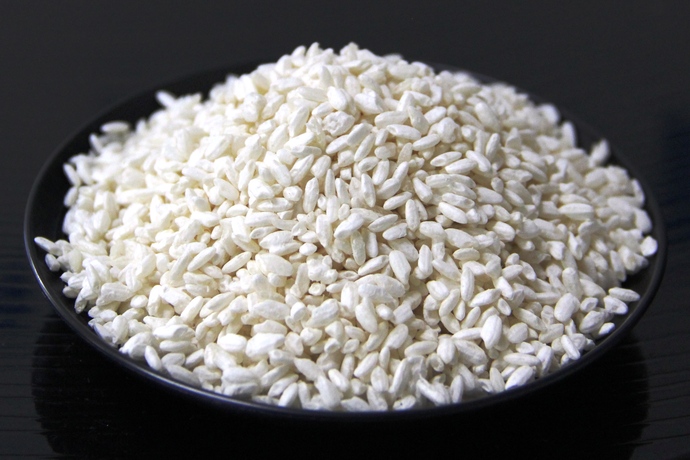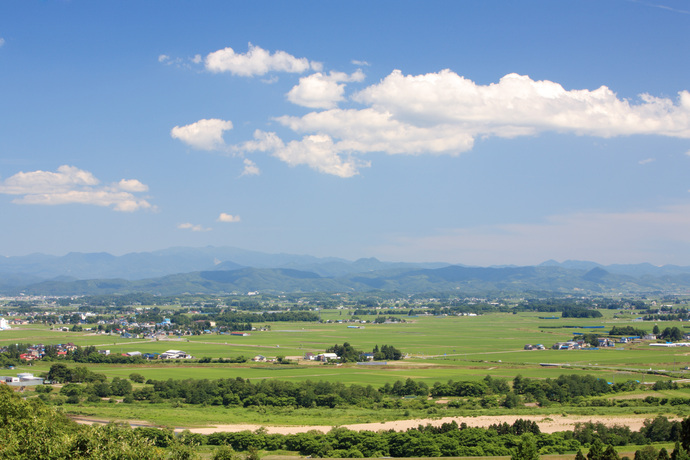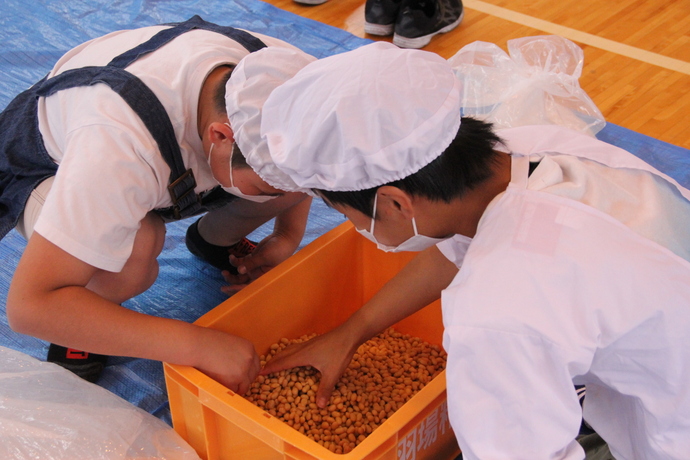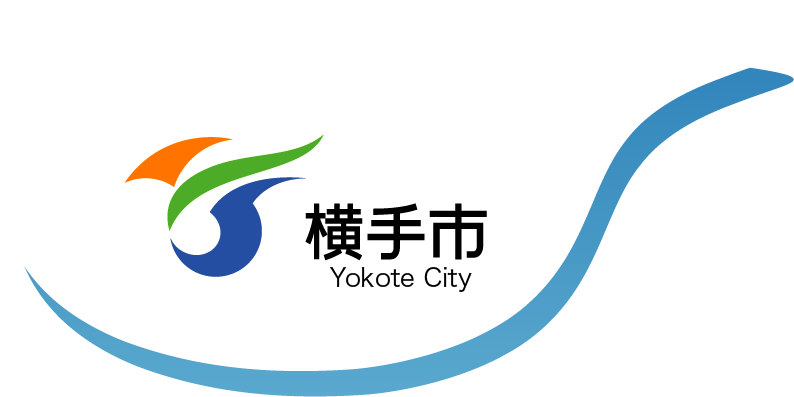Preserving Yokote’s Traditional Food Culture
Preserving Yokote's Traditional Food Culture
Yokote’s traditional food culture developed as a response to a simple problem: food
supplies had to be made to last through the region’s long, snowy winters. The solution
to this problem is fermentation, which allows grains and other crops to be preserved for
months. In Yokote, the vital ingredient in the fermentation process is kōji, which is
created by introducing a microorganism called Aspergillus oryzae to steamed rice,
soybeans, or other grains. The kōji can then be used as a starter to ferment other foods,
enabling them to last through the long winter season. Vegetables such as daikon,
eggplant, or cucumber can be mixed with kōji and pickled, and kōji can also be
combined with soybeans to create miso. Up until the turn of the twentieth century, most
households in Yokote had their own specialized storage space for keeping vegetables as
they fermented.
The Role of Kōji in Traditional Japanese Cuisine

Many of the most popular and well-known Japanese foods are fermented in a process
that starts with creating kōji. When combined with a grain such as rice, the Aspergillus
oryzae emit enzymes to break down the starches and proteins contained in the grain.
The process continues for days, until the grain forms clumps and begins to emit a
distinctive aroma. The finished product can then be combined with other ingredients to
create staple Japanese foods such as pickles, miso, sake, and soy sauce. In a process
specific to Yokote, residents use as much as two to three times the typical amount of
kōji when making miso. This increased ratio helps the soybeans to ferment faster, so that
the miso is ready for consumption after being stored for only a single year.

The Legacy of Kōji in Yokote

The process of fermenting grains, vegetables, and other foods began out of necessity.
Although the people of Yokote were surrounded by fertile soil and clean natural water,
agriculture was all but impossible during the winter months. To survive the long
winters, residents developed and shared preservation techniques that were passed down
through the generations to create a distinctive food culture. The people of Yokote also
came to use kōji as seasoning or as a sweetener rather than simply for preservation.
However, in the decades following World War II, Japan’s food culture began to shift
away from food prepared according to traditional methods, focusing instead on
industrially processed foods. As a result, a great deal of generational knowledge about
food preservation has been lost.
In recent years, younger residents have been rediscovering traditional food practices and
attempting to revive the knowledge possessed by the prewar generations for the sake of
generations to come. The municipal government supports revival efforts throughout the
region, and some local restaurants have begun holding cooking classes and other
community events to share information on fermentation techniques. Initiatives like this
help to ensure that current and future generations will be able to carry on the techniques
of Yokote’s kōji-based food culture.

This English-language text was created by the Japan Tourism Agency.
このページに関するお問い合わせ
商工観光部観光おもてなし課観光企画係
〒013-8601 横手市中央町8番12号(かまくら館5階)
電話:0182-32-2118 ファクス:0182-36-0088
お問い合わせフォームは専用フォームをご利用ください。



